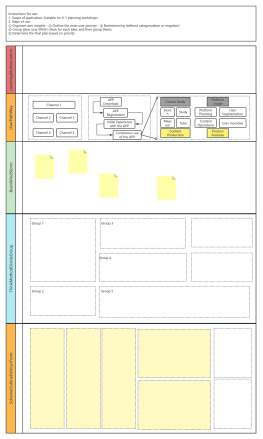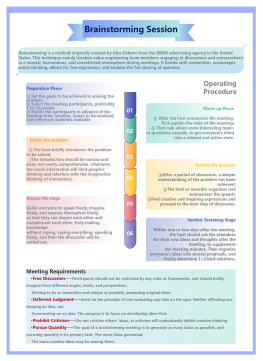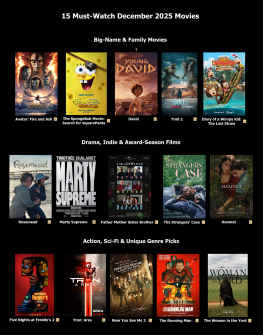
Novel writing brainstorming
2 Report
This mind map serves as a comprehensive guide for brainstorming novel writing. It outlines a structured approach, starting with crafting a core sentence that encapsulates the story's essence, addressing key elements such as the protagonist, a central problem, and its resolution. The process expands into paragraphs and chapters, each segment meticulously building on the previous one, ensuring a cohesive narrative flow. Additionally, it emphasizes personalized character development, focusing on unique names, motivations, goals, conflicts, and transformations. This methodical framework aims to assist writers in creating engaging and well-rounded narratives, fostering creativity while maintaining clarity and structure.
Related Recommendations
Other works by the author
Outline/Content
See more
structure
- Write a core sentence
who
a problem
how to solve
2. Expand this sentence into a paragraph
The beginning leads to the core
The middle part is divided into clauses, each sentence corresponding to a plot
The first half of each sentence corresponds to the point where the problem is solved
The second half of each sentence corresponds to the difficulty of the next plot
The end of the end is the core
3. Expand each paragraph into each chapter
The first half solves the remaining problems in the previous article
The second half raises questions
Personalized conception
1. Character name
Does it have a unique meaning?
simple and easy to remember
2. Summarize the character's story line in one sentence
3. The character's motivation (in the abstract, what does he want?)
4.& nbsp; The character's goal (specifically, what does he want?)
5.& Conflict of characters (what prevents him from achieving his goals easily?)
6.& nbsp; The character's perception (how will he change after the story ends)
7. Use one paragraph to write the story line of this character
Reason for doing things
Choice of problem-oriented solutions
Have you ever regretted it?
Is the selection process more extreme or more cautious?
The consequences of choice
Transformation after the results

Collect

Collect

Collect

0 Comments
Next Page




